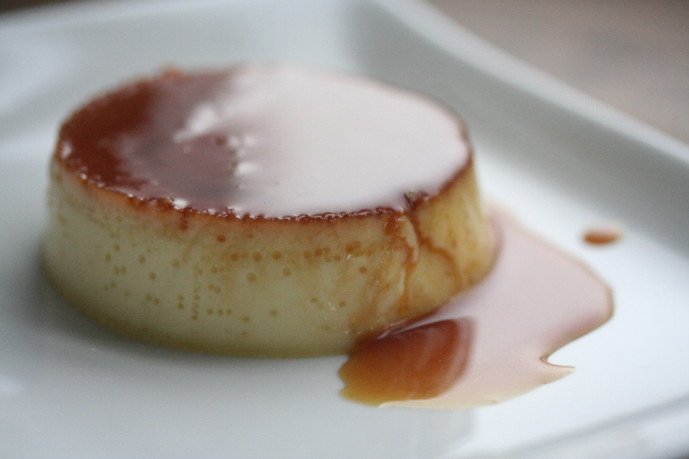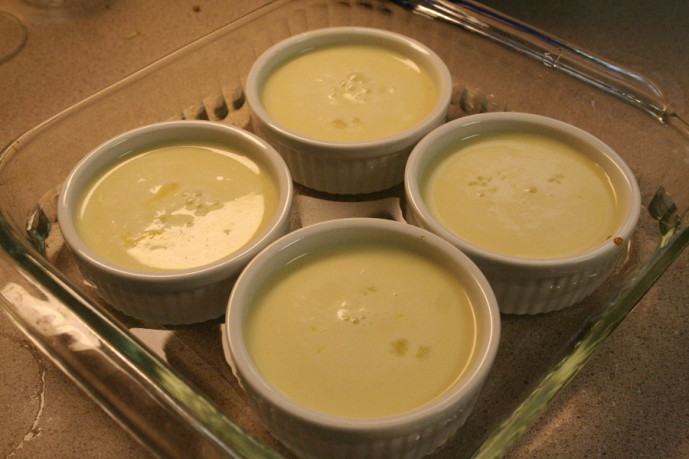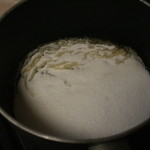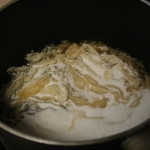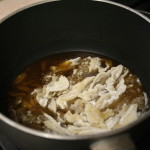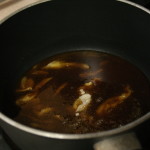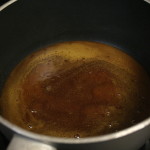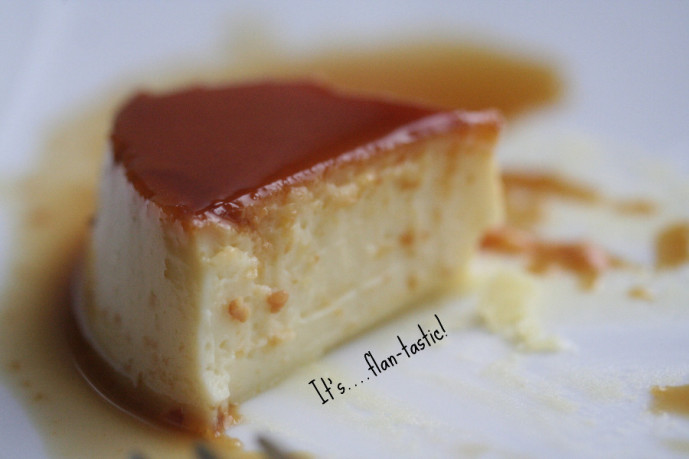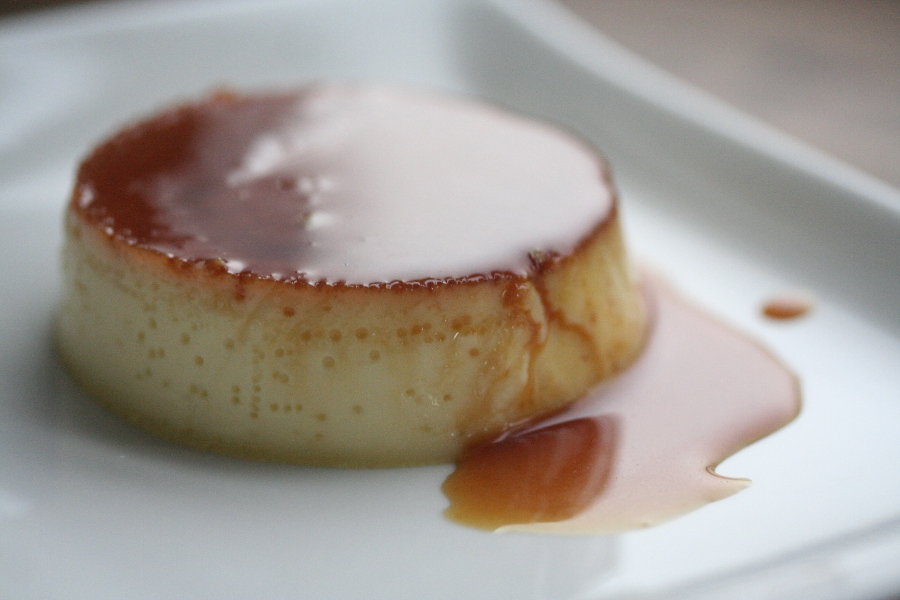
The only thing I love more than learning a new type of technique or dessert is having the experiment go especially well. It’s not something that happens very often, but when it does, as in the case of this great flan recipe, it’s indeed something to behold! To get something really right typically takes me a couple of tries, but this recipe came together so smoothly, I could hardly believe it (also, I wouldn’t shut up about it, a fact to which my guinea pigs would absolutely attest).
Flan has been on my “to-try” list for awhile now, so earlier this year I took advantage of a captive audience to make these crème brûlée-like desserts. There’s actually a bunch of different versions of flan and different ways to make it, but I chose this one because it was labeled a “easy”. And I like easy.
So when I say “this recipe is pretty easy”, I genuinely mean that. The custard itself is nothing more than a simple blend of eggs and several milks that you pour into individual ramekins; they’re baked just like you might mini cheesecakes (that is, with the mold resting in a pan of water). The trickiest part for me was getting the caramelized sugar just right.
While I’ve made caramel before, I’ve never made it quite this way. When I’ve made caramel sauce in the past I always melted the sugar in water (“wet” caramel). In the case of this flan, however, I didn’t do anything other than shimmy around the sugar as it slowly melted in the pan (“dry” caramel), and while I did overcook it a little bit, it went surprisingly well.
(Actually, I did make a wet caramel for the flan first…I just screwed it up so badly I decided to give the dry technique a try. But more on the details of caramelization in another post!)
Here’s a photo progression caramelizing about a cup of sugar over around 5 minutes. Pretty cool, right?
As much as I’ve been lauding the easiness of this flan, it was my first experience, and I can already think of a handful of things I’ll do differently next time. I mentioned overcooking the caramel – next time I’ll just remove it from the heat a minute or so earlier. I also think I may have overcooked it the flan too. It had a pretty good consistency – it wasn’t chewy or gelatinous – but I think it’s supposed to be softer. I’ve read that when you rest a spoon on your flan it should fall through on its own. Using that gauge, my flan was definitely too sturdy. Also, a little research and the bubbles you can see on the side of my flan reinforced my “overcooked” theory. As usual, there’s always room for improvement, something I’ll be sure to take into account in the future.
Anyway, I’m going to file this flan recipe into my “easy recipes to make friends and impress people” bucket.
Tres Leches Flan
From The Coach’s Wife’s Kitchen
Mary Gezo
Formerly of both n00bcakes and !Blog, the two magically become one on Spatialdrift; expect some lazy baking and serious nerditude. Also, I love semicolons.
